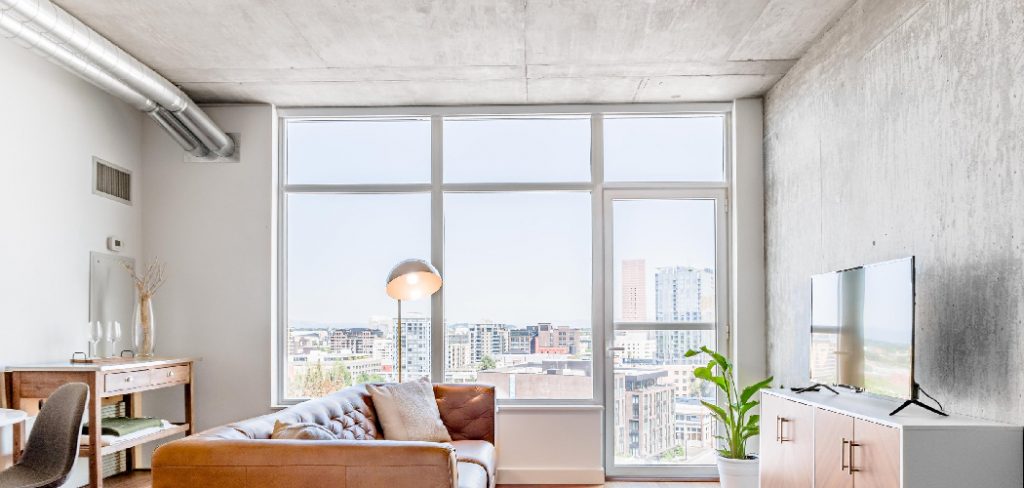
Securing a safe in an apartment is a crucial step in protecting valuable belongings and important documents from theft or damage. Whether you’re renting or own your apartment, installing a safe provides added peace of mind and security for your possessions.
However, securing a safe in an apartment presents unique challenges compared to a traditional home due to space constraints and lease agreements. In this article, we’ll explore various methods and strategies for how to secure a safe in an apartment, including tips for selecting the right type of safe, determining the best location, and ensuring compliance with building regulations and lease agreements.
Whether you’re storing jewelry, cash, or sensitive documents, taking the necessary steps to secure a safe in your apartment ensures that your valuables remain protected and easily accessible whenever you need them.
The Importance of Securing Valuables in An Apartment
Securing valuables in an apartment goes beyond merely protecting items of monetary value; it’s about safeguarding personal history, identity, and peace of mind. In an urban setting, apartments can be particularly vulnerable to break-ins and theft due to their proximity to others and the transient nature of residents in some buildings.
Valuables like jewelry, electronics, important documents, and heirlooms carry not just financial worth but sentimental value as well. Furthermore, identity theft is a significant risk when sensitive information falls into the wrong hands. A secure safe acts as the last line of defense, ensuring that even in the event of a break-in, your most irreplaceable items remain under lock and key.
Investing in a robust security method for your valuables mitigates the risk of irreplaceable loss, thereby providing a sense of security that extends well beyond the physical confines of your living space.
The Benefits of Using a Safe
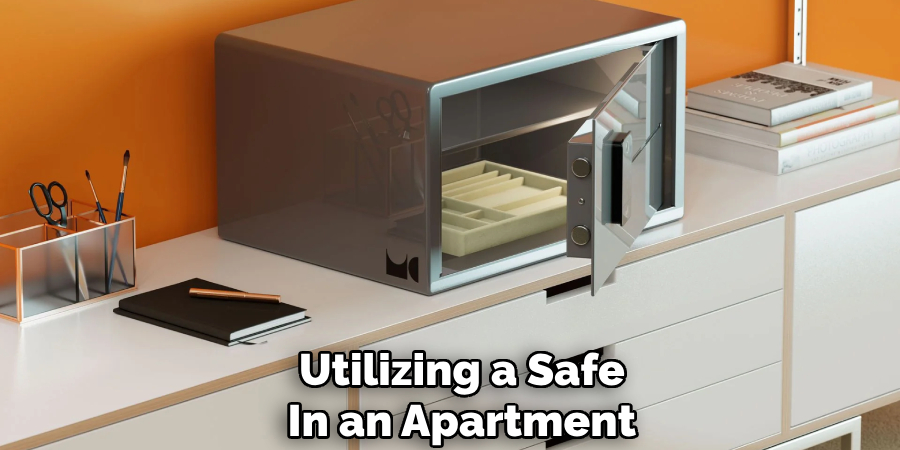
Utilizing a safe within an apartment offers manifold advantages, chief among them the assurance of security for both tangible and intangible assets. Firstly, a safe provides a formidable barrier against theft, acting as a deterrent to burglars who are often looking for quick and easy targets.
The time and effort required to breach a well-secured safe can be a significant discouragement. Additionally, safes offer protection against fire, water damage, and other environmental hazards, ensuring that critical documents and valuable items are preserved in disaster scenarios.
Using a safe also affords privacy, keeping sensitive materials away from prying eyes and maintaining personal confidentiality. On a practical level, having a safe encourages the organization, making it easier to keep track of important items such as passports, legal documents, and special mementos.
Ultimately, the peace of mind that comes from knowing valuable and irreplaceable items are secured cannot be overstated, allowing residents to feel more comfortable and secure within their living space.
Understanding Apartment Safe Security Risks

Securing a safe in an apartment involves understanding and mitigating specific security risks inherent to apartment living. Unlike detached homes, apartments often have shared walls, floors, and ceilings, making them potentially more vulnerable to breaches not just from external intruders but also from neighboring units.
One of the primary risks includes the higher foot traffic in apartment buildings, which can make it easier for potential thieves to blend in and go unnoticed. Additionally, the structural limitations of some apartments may not support the installation of heavy-duty safes without risking damage to the building’s infrastructure.
There’s also the matter of visibility; safes that are too conspicuous can attract unwanted attention, undermining their purpose. Limited space in an apartment can restrict the size of the safe, potentially limiting the amount of valuables that can be securely stored.
Understanding these risks is crucial to selecting the right safe and employing the appropriate security measures to counter these vulnerabilities effectively.
Common Vulnerabilities of Apartment Safes
When considering the security of a safe within an apartment setting, it’s crucial to be aware of common vulnerabilities that could potentially be exploited by thieves. One significant vulnerability is improper installation; a safe that is not securely anchored can be removed or pried open with relative ease.
Even a heavy safe can be susceptible if it’s not bolted down, as determined burglars may come prepared with tools to lift or transport it. Another vulnerability is the choice of lock. Digital locks, while convenient, may be vulnerable to hacking, especially if they are of lower quality or if the owner fails to update security codes regularly.
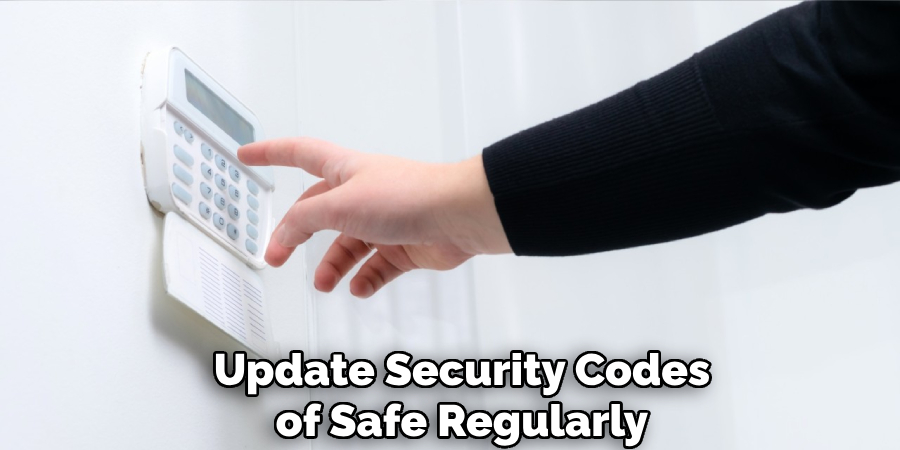
Conversely, traditional key locks can be picked, and keys can be stolen or misplaced. Location within the apartment also plays a critical role in a safe’s vulnerability. Safes placed in plain view or in predictable locations, such as the master bedroom closet, are more likely to be targeted.
This is compounded by the fact that apartment layouts can be similar, making it easier for thieves to guess likely hiding spots.
Furthermore, the quality and features of the safe itself may constitute vulnerabilities. Lower-grade safes might not offer sufficient protection against determined attacks using drills or other tools. Safes that lack water or fireproofing may protect against theft, but not against environmental hazards, posing a risk to valuable documents or electronic media stored inside.
These vulnerabilities underscore the importance of a comprehensive approach to choosing and securing a safe in an apartment; one that considers installation, lock type, location, and the safe’s inherent security features to mitigate the risks effectively.
Risks Posed by Unauthorized Access and Theft
Unauthorized access to and theft of valuables from an apartment safe can have far-reaching and often devastating impacts. Beyond the immediate loss of valuable and sentimental items, victims can find themselves facing a slew of financial and personal repercussions.
These include the potential for identity theft, where sensitive information such as social security numbers, bank account details, and personal identification documents are misused to commit fraud or other crimes.
The emotional toll is also significant, as the invasion of personal space and the loss of irreplaceable heirlooms or mementos can lead to feelings of vulnerability, violation, and distress that linger well after the incident. Additionally, the loss of critical documents and data can complicate legal and financial matters, leading to time-consuming and costly recovery processes.
Furthermore, unauthorized access can compromise personal security, especially if keys, access codes, or information about security systems fall into the wrong hands, making it imperative to reassess and bolster overall security measures in the aftermath.
Importance of Proactive Measures to Reinforce Safe Security
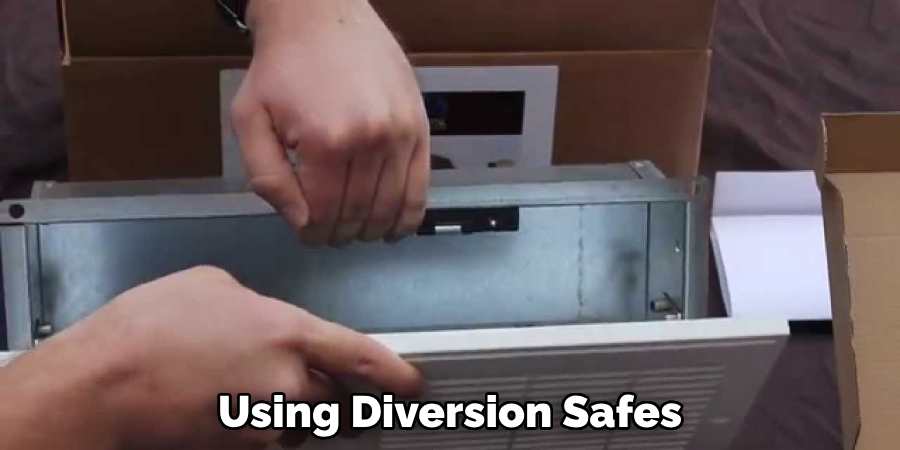
Proactive measures play a pivotal role in enhancing the security of safes within apartment settings, potentially preventing unauthorized access and mitigating risks associated with theft. Developing a comprehensive security strategy that includes regular maintenance checks of locking mechanisms and software updates for digital locks can significantly reduce vulnerabilities.
Additionally, integrating safes with broader apartment security systems, such as surveillance cameras or alarms, can provide an added layer of protection, deterring potential thieves. It’s also crucial to employ discretion and creativity in choosing the safe’s location, opting for areas that are not immediately obvious to intruders.
Educating oneself about the latest security technologies and adopting safes that incorporate advanced anti-theft features, such as biometric locks or tamper alerts, can further safeguard valuable possessions. Regularly assessing and updating security measures in response to evolving threats ensures that protection remains robust.
Ultimately, taking proactive steps not only secures valuables against potential theft but also contributes to a greater sense of security and peace of mind for apartment dwellers.
Factors to Consider when Evaluating Apartment Safe Security
When evaluating apartment safe security, several factors come into play to ensure optimal protection against unauthorized access and theft. First and foremost, the construction and materials of the safe itself are crucial; a robust, heavy gauge steel body with a door resistant to prying and drilling offers foundational security.
Secondly, the locking mechanism warrants careful consideration; whether opting for a traditional combination, key lock, electronic keypad, or advanced biometric system, the lock must be resistant to picking, hacking, or force. The safe’s fire and water resistance levels are also critical, particularly for safeguarding documents, digital media, and other sensitive items against environmental damages.
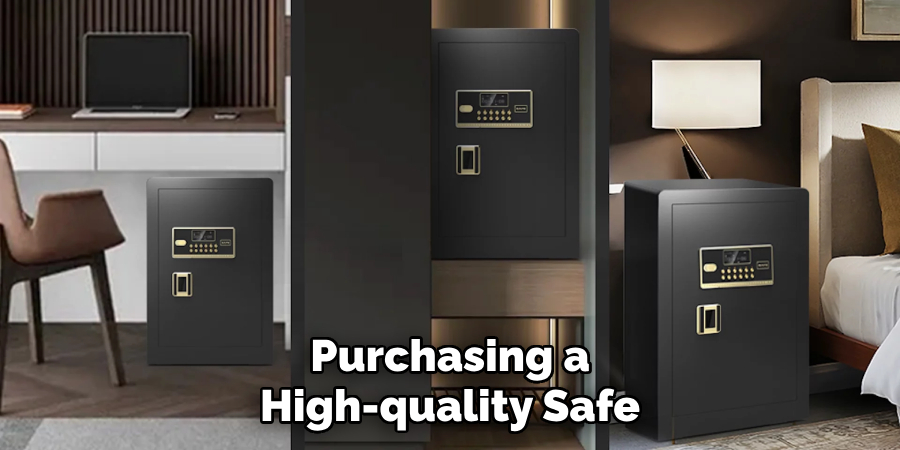
Additionally, the size and capacity of the safe should be aligned with the user’s needs, allowing for secure storage without compromising the space limitations inherent in apartment living. Another vital aspect is the safe’s anchoring system; a secure bolting down option ensures the safe cannot be easily removed or stolen whole.
Furthermore, the reputation and warranty offered by the manufacturer provide insights into the quality and reliability of the safe, indicating the level of trust you can place in the product to protect your valuables.
Taking these factors into consideration will lead to a more informed and effective decision when implementing apartment safe security measures.
10 Methods How to Secure a Safe in an Apartment
1.Assess Your Needs:
Start by assessing your security needs and determining the type and size of safe required for your apartment. Consider the valuables you want to protect, such as cash, jewelry, important documents, or electronic devices. Evaluate the available space in your apartment for installing a safe and choose a location that is both secure and convenient for access.
2.Choose the Right Safe:
Research and select a safe that meets your specific security requirements. Consider factors such as the level of protection needed (fire resistance, waterproofing, burglary resistance), size, locking mechanism (combination lock, digital keypad, key lock), and mounting options (wall-mounted, floor-mounted, portable). Choose a safe from a reputable manufacturer with positive reviews and certifications for quality and security standards.
3.Find the Ideal Location:
Identify a suitable location in your apartment to install the safe. Opt for areas that are less visible to outsiders but easily accessible for you. Consider mounting the safe in a closet, behind furniture, or in a hidden alcove to minimize visibility and deter potential thieves. Ensure the chosen location allows for proper ventilation and does not obstruct doorways or walkways.
4.Installation and Mounting:
Install and mount the safe securely to prevent unauthorized access or removal. Follow the manufacturer’s instructions carefully for proper installation and anchoring. Use heavy-duty bolts or screws to anchor the safe to walls, floors, or furniture, ensuring it is stable and immovable. Consider hiring a professional locksmith or contractor for safe installation to ensure it is done correctly and securely.
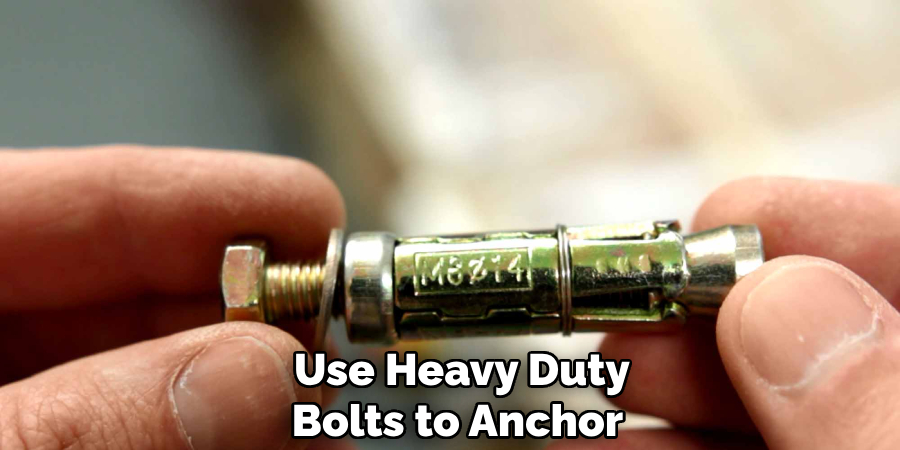
5.Concealment and Camouflage:
Conceal the presence of the safe in your apartment to enhance security and deter burglars. Camouflage the safe with furniture, wall hangings, or decorative items to blend it seamlessly into your apartment’s decor. Consider using a false panel, fake outlet cover, or faux bookshelf to disguise the safe and make it less conspicuous. Avoid placing the safe in obvious or easily accessible locations that may attract unwanted attention.
6.Enhance Security Measures:
Supplement the security of the safe with additional measures to protect your apartment from intruders. Install alarm systems, surveillance cameras, or motion sensors to monitor entry points and deter burglars. Reinforce doors, windows, and entry points with deadbolts, security bars, or shatterproof glass to prevent forced entry. Consider joining a neighborhood watch program or investing in a monitored security system for added protection.
7.Regular Maintenance and Checks:
Perform regular maintenance checks on the safe to ensure it remains in optimal condition and functionality. Inspect the safe for signs of damage, wear, or tampering, such as loose bolts, malfunctioning locks, or unusual noises. Test the locking mechanism periodically to ensure it operates smoothly and securely. Update security measures and safe combinations as needed to maintain effectiveness and prevent unauthorized access.
8.Educate Household Members:
Educate household members about the purpose and operation of the safe to ensure everyone understands their role in apartment security. Share safe access codes or keys with trusted individuals and family members, emphasizing the importance of confidentiality and discretion. Establish protocols and guidelines for accessing the safe and handling valuable items to minimize the risk of loss or theft.
9.Consider Insurance Coverage:
Consider purchasing insurance coverage for valuable items stored in the safe to provide an extra layer of protection against loss or damage. Review your renter’s or homeowner’s insurance policy to determine coverage limits and exclusions for personal property, including items stored in safes. Consider adding a separate policy or rider for high-value items or valuables that exceed policy limits.
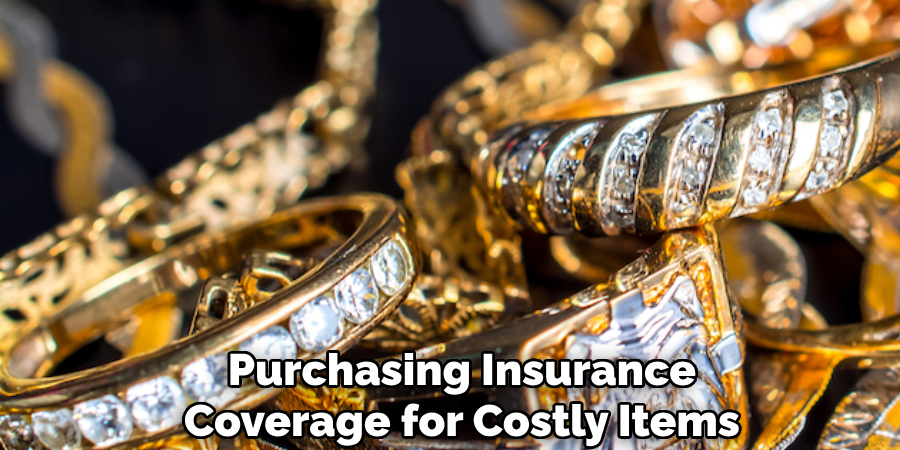
10.Stay Vigilant and Alert:
Stay vigilant and alert to potential security threats and take proactive measures to safeguard your apartment and belongings. Be mindful of strangers or suspicious individuals in your building or neighborhood and report any unusual activity to building management or local authorities.
Things to Consider When Securing a Safe in an Apartment
When securing a safe in an apartment, several critical considerations come into play to ensure maximal security and efficiency. These include:
- Weight and Portability: The weight of the safe can be a double-edged sword. While a heavier safe is more resistant to theft and unauthorized removal, it may also pose challenges for installation in apartments, especially in higher floors or buildings with structure limitations. Conversely, a lighter, more portable safe may offer convenience but require additional security measures to anchor it properly.
- Sound Insulation: In an apartment setting, the noise generated by opening or closing a safe can draw unwanted attention. Selecting a safe with sound-dampening features can help maintain discretion.
- Visibility and Accessibility: Balancing the visibility of the safe to deter casual theft while ensuring it remains out of sight to avoid tempting professional thieves is crucial. Equally, the safe should be easily accessible to you in times of need without being obvious to visitors.
- Legal Considerations: Understanding the legal implications of installing a safe in your apartment, including compliance with building codes and regulations, is essential. This may involve seeking permission from property management or landlords and ensuring the installation does not damage the property or violate lease agreements.
- Environmental Protection: Considering the apartment’s environment, including potential exposure to fire or water damage, is essential. Opting for safes with appropriate fire ratings and waterproofing capabilities can protect valuables from environmental hazards.
- Technological Integration: In today’s digital age, the integration of technology with security measures is increasingly relevant. Safes with biometric locks, connectivity to home security systems, or alerts to your mobile devices offer enhanced security and convenience.
- Backup Access: Ensuring there is a secure yet accessible means of backup access to the safe is crucial. This can prevent lockouts and ensure that valuables are retrievable in the event of electronic failure or forgotten combinations.
Conclusion
In conclusion, securing a safe in an apartment requires careful consideration of factors such as space limitations, lease agreements, and building regulations. By following the methods and strategies outlined in this article, you can ensure that your safe is installed securely and complies with all relevant guidelines. Whether you choose to bolt the safe to the floor, wall, or another sturdy surface, taking the necessary precautions will provide added protection for your valuables and peace of mind for you and your household. Thanks for reading, and we hope this has given you some inspiration on how to secure a safe in an apartment!
About
Safety Fic is a distinguished figure in the world of Diy design, with a decade of expertise creating innovative and sustainable Diy solutions. His professional focus lies in merging traditional craftsmanship with modern manufacturing techniques, fostering designs that are both practical and environmentally conscious. As the author of diy, Safety Fic delves into the art and science of Safety Fic-making, inspiring artisans and industry professionals alike.
Education RMIT University
(Melbourne, Australia) Associate Degree in Design (Safety Fic) Focus on sustainable design, industry-driven projects, and practical craftsmanship. Gained hands-on experience with traditional and digital manufacturing tools, such as CAD and CNC software.
Nottingham Trent University
(United Kingdom) Bachelor’s in diyfastly.com and Product Design (Honors) Specialized in product design with a focus on blending creativity with production techniques. Participated in industry projects, working with companies like John Lewis and Vitsoe to gain real-world insights.
Publications and Impact
In diy, Safety Fic his insights on indoor design processes, materials, and strategies for efficient production. His writing bridges the gap between artisan knowledge and modern industry needs, making it a must-read for both budding designers and seasoned professionals.
